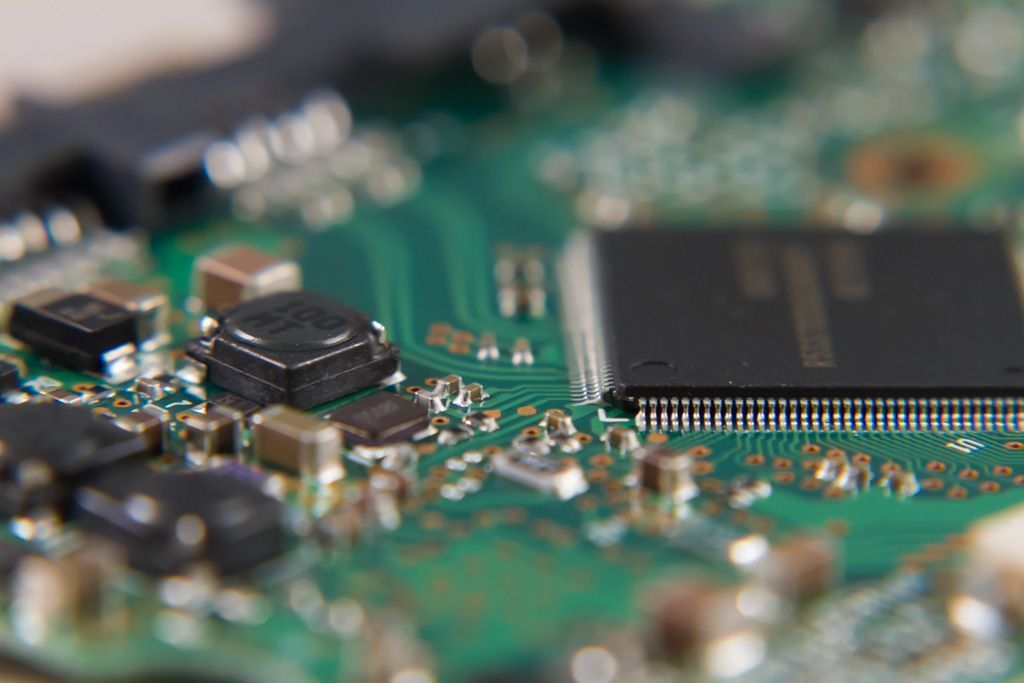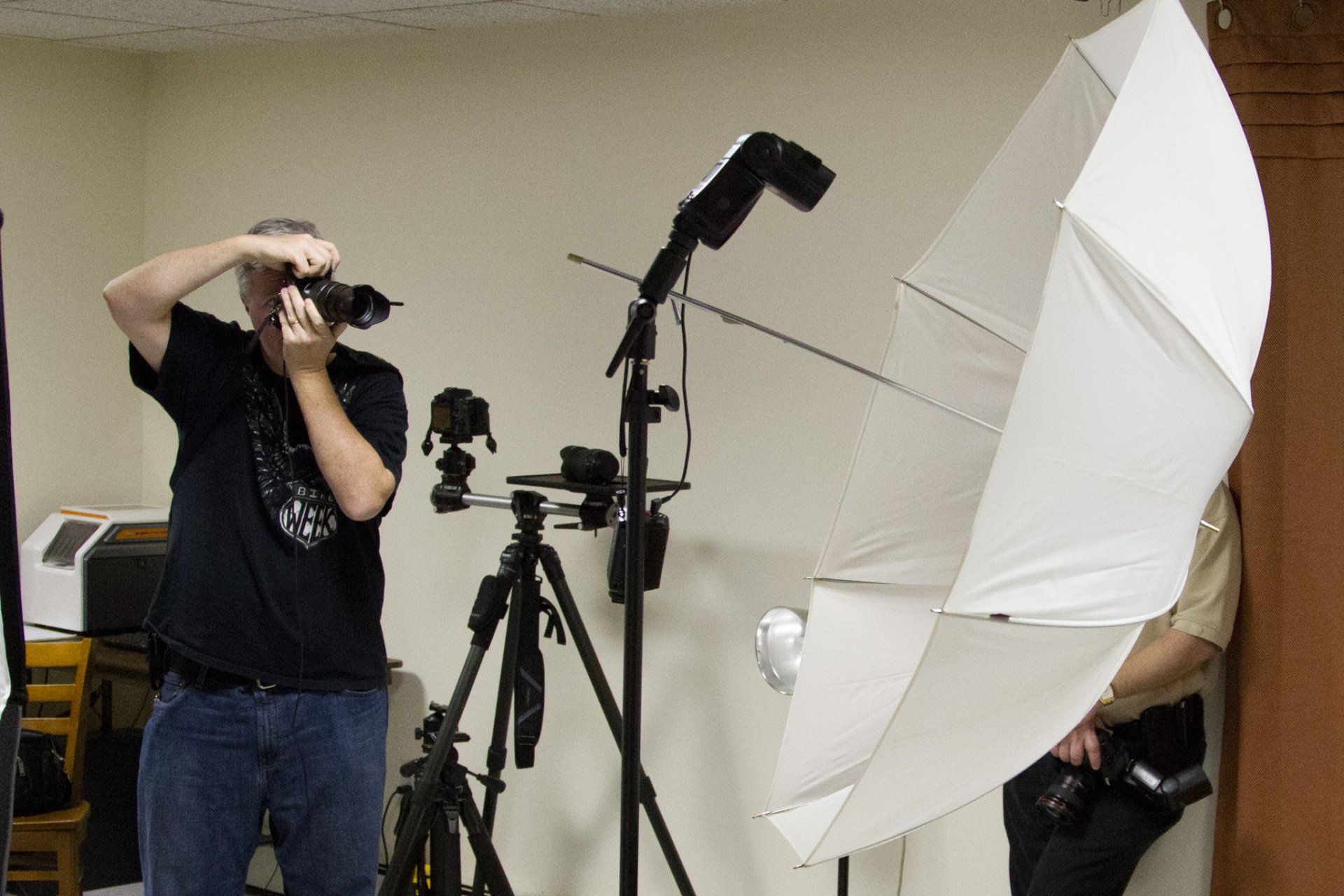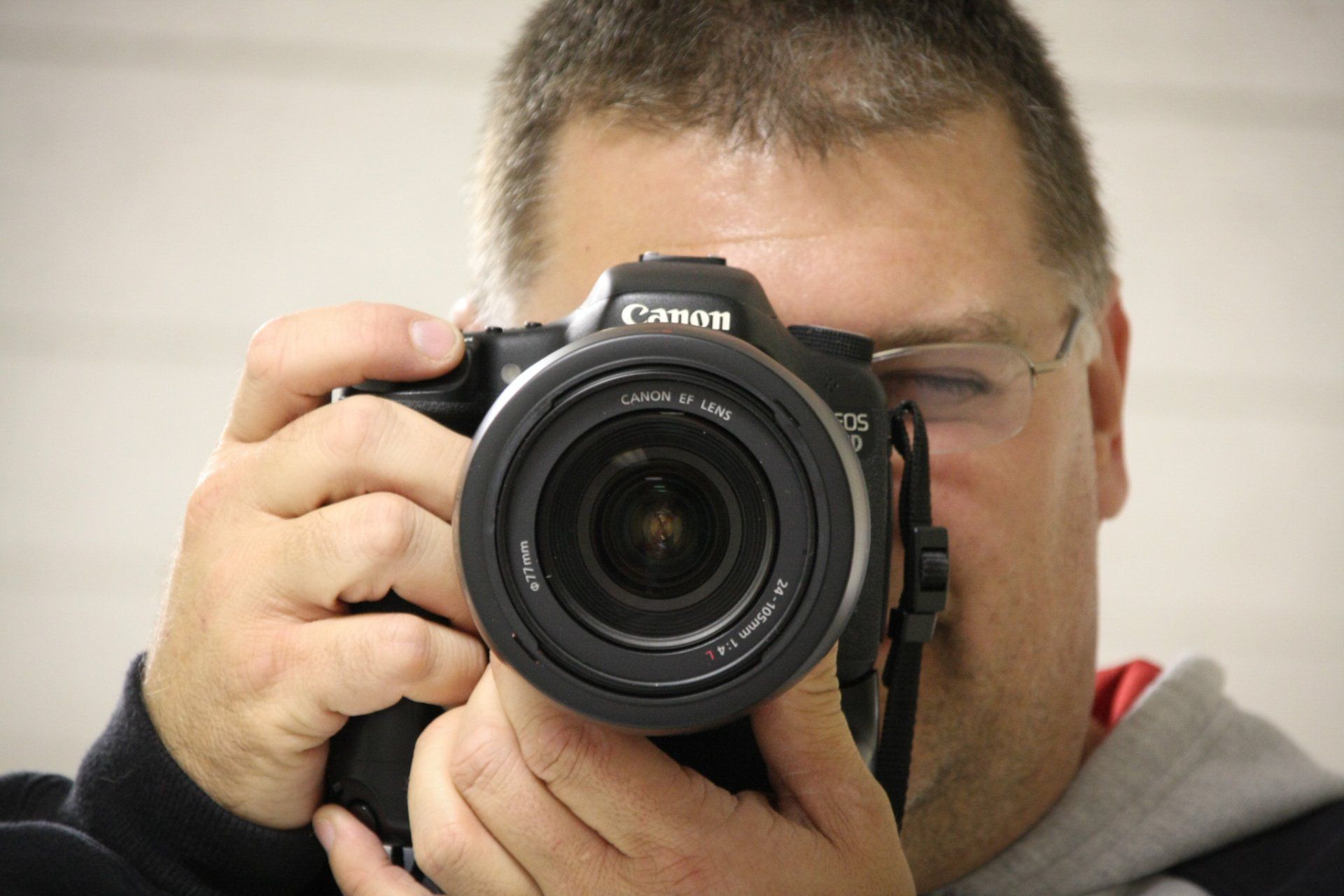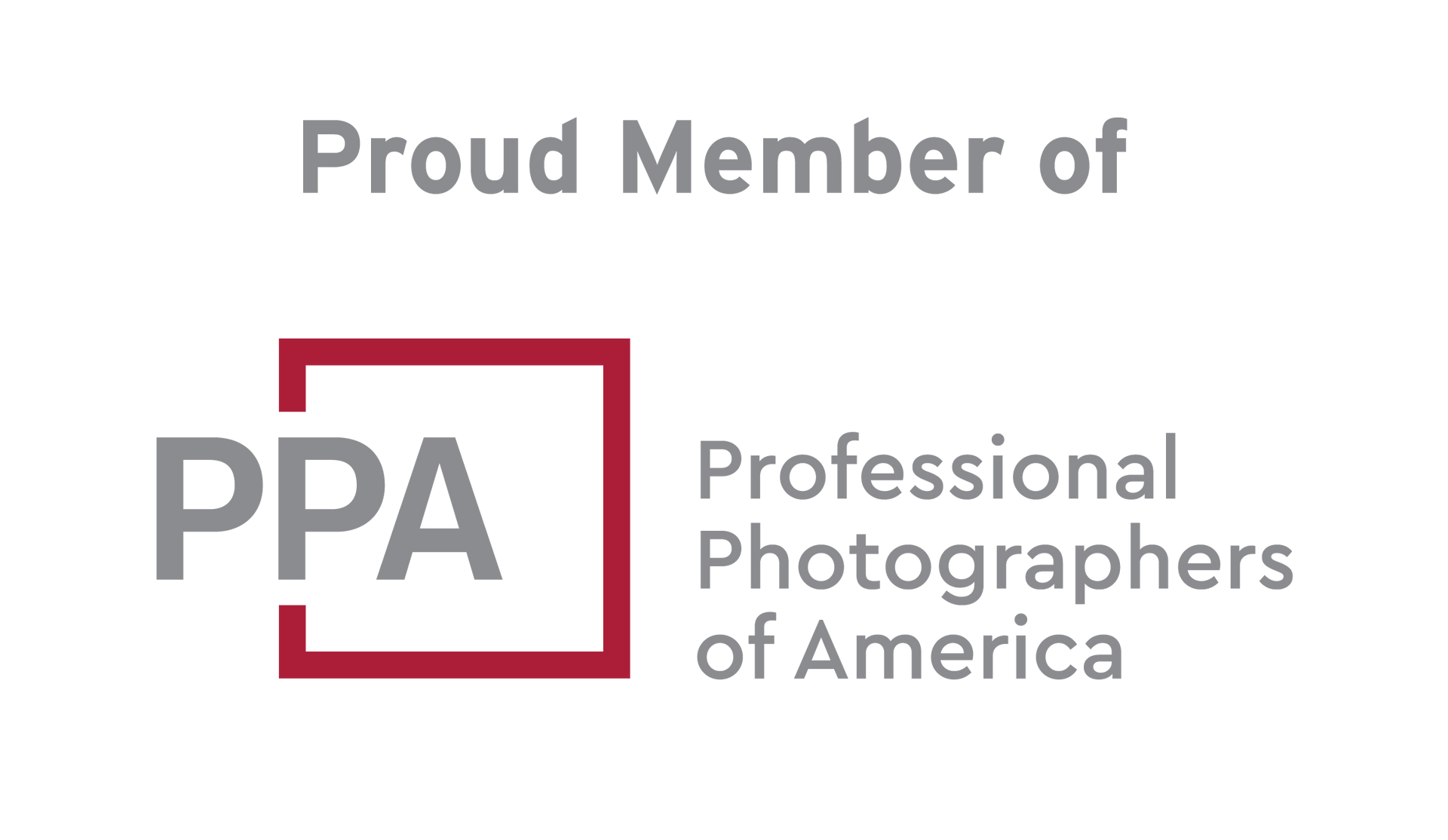Why You Should You Care About Data Storage?
Why you should care about how your photographer handles, stores, and safeguards data?
Why should you care? That seems like a good question. You don’t choose a photographer because of how they handle data, in fact, you probably never even give it a second thought. You choose a photographer for the pictures they produce. In today’s digital world, however, those pictures are data. If that data is not handled properly, it can become corrupted or lost, and the pictures are gone. If the pictures were from something that can be redone, it's only an inconvenience. If the pictures were from a very important, one time only event or occasion, such as a birthday, anniversary or wedding, the corruption or loss of that data means that all those pictures are gone forever! Hopefully I’ve piqued your interest or at least got your attention. Keep reading and I’ll elaborate on this in more detail.
Proper data handling starts with the memory cards used by the photographer in their cameras. A responsible photographer should never use cheap, low quality, no name memory cards. They are appealing because they are inexpensive, but they lack the quality control and dependability that reduces or eliminates data corruption. Responsible photographers use high quality, well known brand memory cards. These cards are made with stringent quality control and have a long track record and reputation for dependability and data security.
Once the photographer is finished shooting, what do they do next? Do they put all their equipment in the back of their car and leave it there for the rest of the day, or until the next day? What if it’s very hot or very cold out, or worse yet, what if their equipment is stolen from their car? The data could be lost and all those pictures are gone forever! Responsible photographers do not stop working when the shooting is done. They immediately copy the memory cards to their computer or some other secondary storage location. Some photographers may do this before leaving a shoot, while others may go straight to their workplace to copy the memory cards to their devices there.
Now that the memory cards have been copied to a computer, the data is safe, right? The photographer can go ahead and reuse those memory cards for the next shoot, right? If you’re thinking yes for either question, you’d be wrong. Have you ever heard of a hard drive failing or a computer crashing and no longer working? It happens more often than you think, and at some point, all hard drives will fail. What if the photographer’s computer hard drive fails after the memory cards were copied then reused for another shoot. That data, and all your pictures are gone!
You might be wondering, shouldn't the photographer have a backup copy somewhere? Sadly enough, many don’t. I’ve known other photographers who only had that one copy of their data on their computer, and when it crashed and they lost everything. Ok, but what if they did have a backup copy somewhere. Well, that’s better than nothing, but it’s still not safe having only one backup copy, and that’s still taking a risk on losing everything. What if there’s a fire and the computer and backup drive are destroyed? What if the location where the computer and backup drive are kept is burglarized and they are stolen? Once again, that data, and all your pictures are gone!
A responsible photographer will take care to safeguard their data using a method known as a 3-2-1 backup strategy. Put quite simply, it means having three (3) separate copies of the data, on at least two (2) different storage mediums, one (1) of which is stored off-site. It may seem overly redundant, but it is the minimum backup strategy a professional photographer should be using to ensure the data, and your pictures are safe from data corruption or total data loss.
You’re probably thinking, who actually does all that? Fortunately I do, because just last year my main data hard drive failed. That hard drive contained over a decade worth of images, approximately 200,000 images totaling approximately 3TB. Because I had a proper backup strategy in place, that hard drive failure, which could have been a catastrophic loss of data and images for other photographers, was only a minor inconvenience for me having to restore that data to a new hard drive. This is definitely a case of the old adage, an ounce of prevention is worth a pound of cure.













